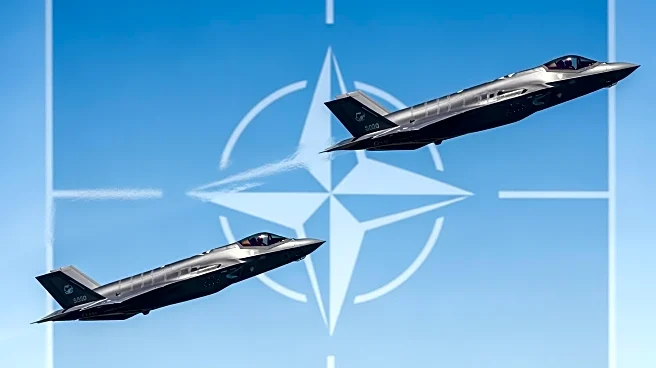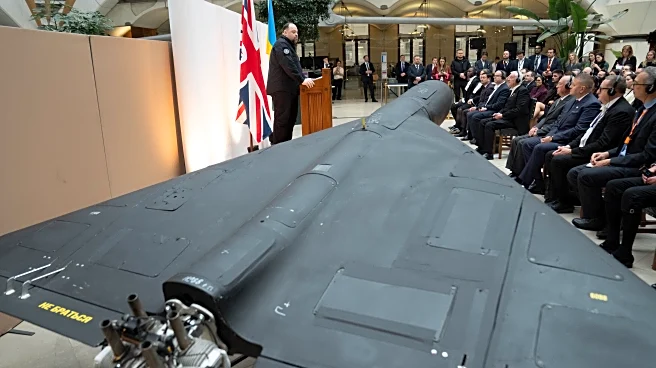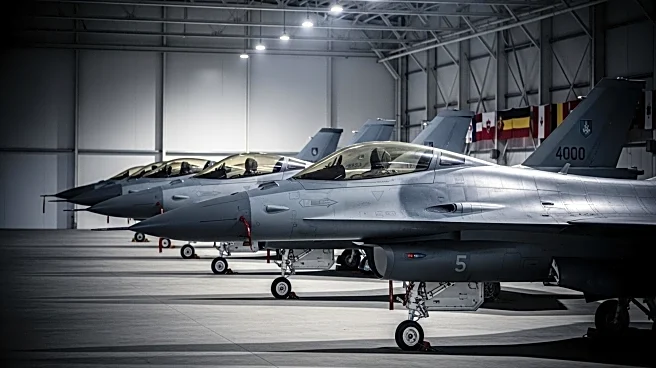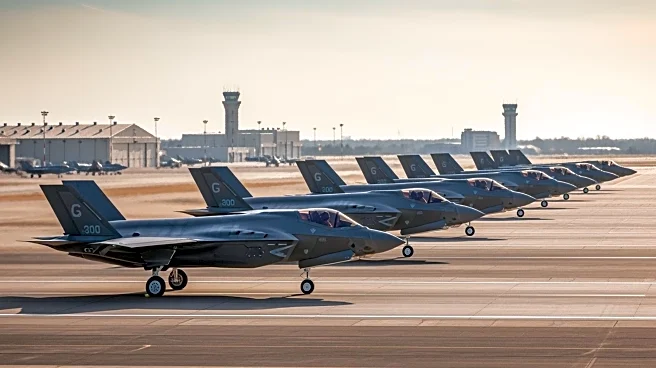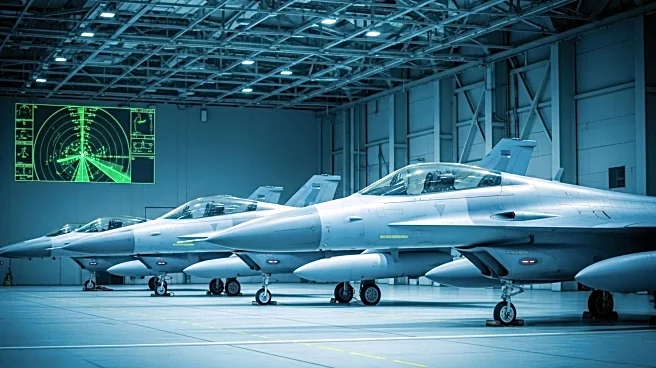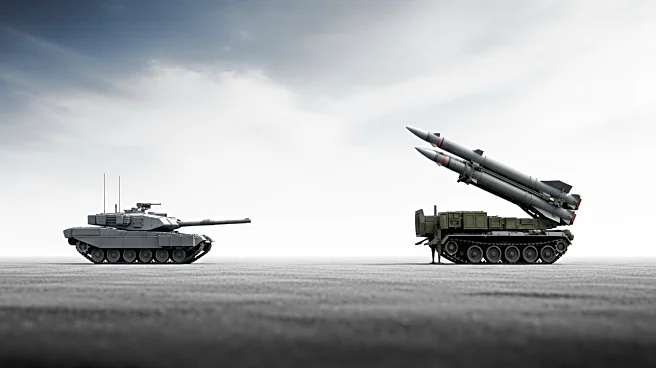What's Happening?
Belgium has officially incorporated its first Lockheed Martin F-35 Joint Strike Fighters into the Belgian Air Force, marking a significant upgrade in its military capabilities. On October 13, three F-35s
arrived at Florennes Air Base, although the planned arrival of four aircraft was reduced due to one being left behind in Lajes, Azores. Belgium initially received its first F-35 at Luke Air Force Base in Arizona in December 2024 for pilot training. The country has ordered 34 F-35As and plans to increase this number to 45, replacing its aging fleet of General Dynamics F-16s, which will be transferred to Ukraine. The F-35s will be stationed at Florennes and Kleine Brogel bases, both of which are undergoing infrastructure upgrades to accommodate the new aircraft. The Belgian defense ministry emphasized the strategic importance of this acquisition amid global instability and Russian aggression, reinforcing Belgium's role as a reliable NATO ally.
Why It's Important?
The arrival of the F-35s represents a pivotal moment for Belgium's defense strategy, enhancing its air force capabilities and strengthening its position within NATO. The F-35s are set to replace the F-16s, which have been a staple of Belgium's air defense for decades. This transition not only modernizes Belgium's military assets but also aligns with broader NATO objectives to maintain collective security in the face of international tensions. The F-35s will contribute to the Benelux Quick Reaction Alert mission, ensuring airspace security for Belgium and the Netherlands. Additionally, the aircraft will eventually assume the nuclear deterrence role, a critical aspect of NATO's defense posture. The collaboration between Belgian companies and Pratt & Whitney on the F135 engine project further integrates Belgium into the global defense industry, potentially boosting its economic and technological standing.
What's Next?
As Belgium continues to receive more F-35s, the focus will be on completing infrastructure upgrades at Florennes and Kleine Brogel bases to fully support the new aircraft. The Belgian Air Force will also work on integrating the F-35s into its operational framework, including training pilots and maintenance crews. The transfer of F-16s to Ukraine is expected to proceed, supporting Ukraine's defense capabilities amid ongoing regional conflicts. Belgium's increased participation in NATO missions, including the nuclear deterrence role, will likely lead to further strategic collaborations within the alliance. The industrial partnerships formed as part of the F-35 program may also pave the way for future defense projects, enhancing Belgium's role in the global aerospace sector.
Beyond the Headlines
The introduction of the F-35s into Belgium's military arsenal could have long-term implications for European defense dynamics. As more countries in the region adopt advanced fighter jets like the F-35, there may be shifts in military alliances and defense strategies. The focus on technological collaboration and industrial participation highlights the growing importance of defense innovation in national security. Belgium's commitment to modernizing its military capabilities reflects broader trends in European defense policy, where nations are increasingly prioritizing advanced technology to address emerging threats. This development may also influence Belgium's foreign policy, as it positions itself as a key player in NATO's strategic framework.
